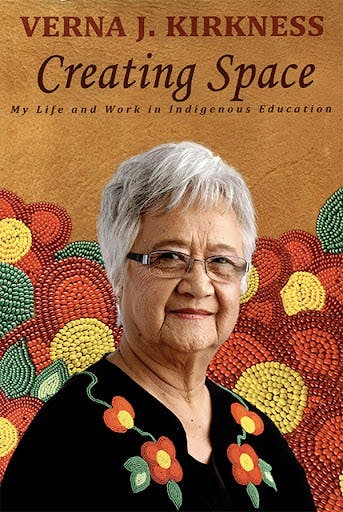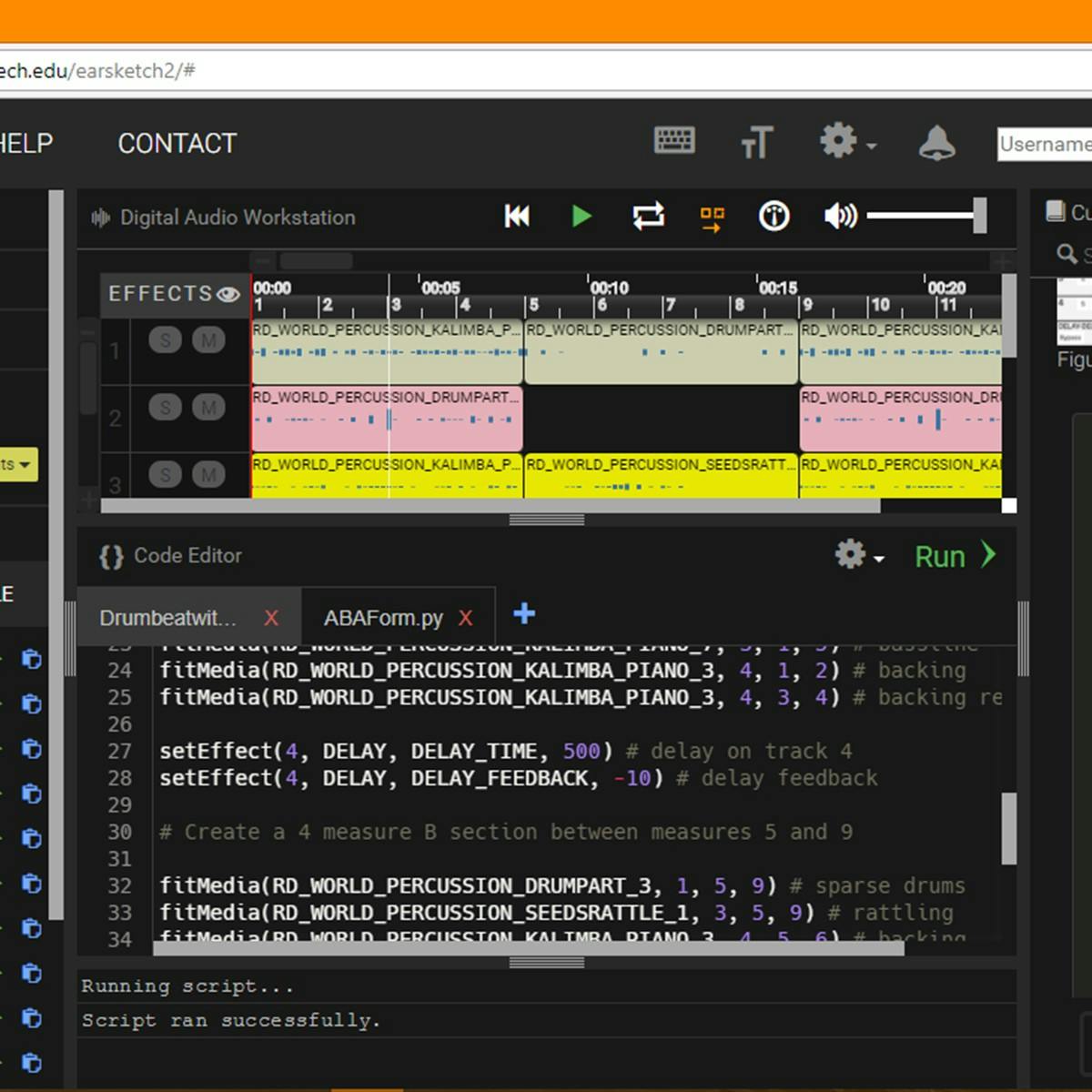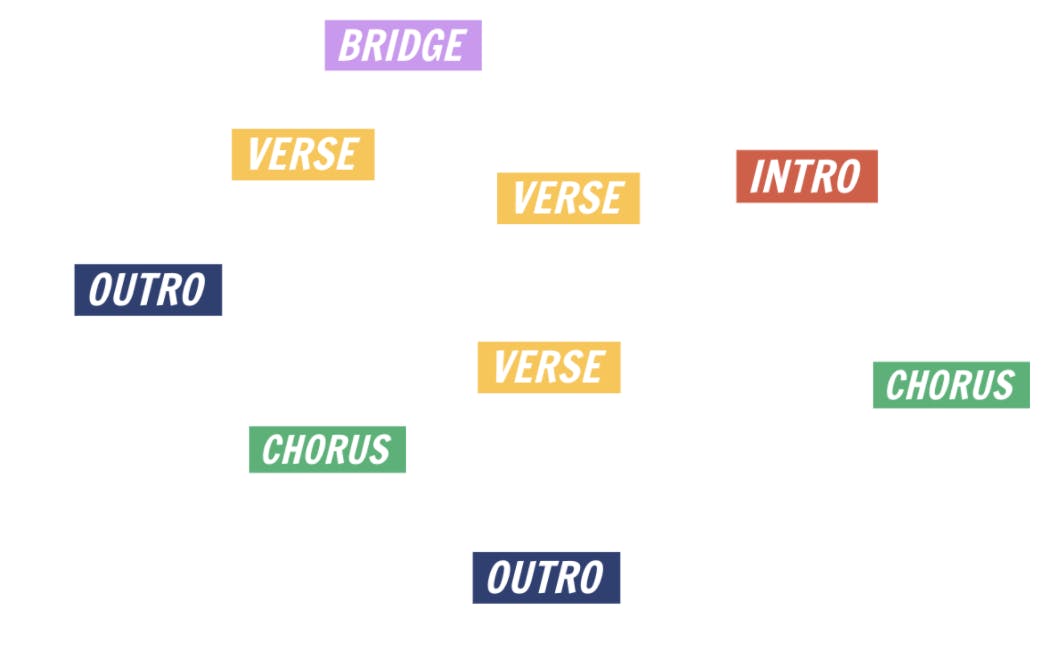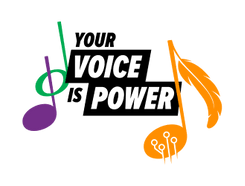Action: Song Messages And Structures
Activity 2: Understand the Four R's Framework (15 minutes)
- Read The Four R’s Framework (also in your Student Writing Activity Workbook.)
Indigenous educators, Verna J. Kirkness and Ray Barnhardt spent their lives advocating for Indigenous education. They believed that education should include the Four R's - Respect, Relevance, Reciprocity, Responsibility.
How can the songs we create embody each of The Four R's? Respect? Relevance? Reciprocity? Responsibility?

There are many wonderful examples of Indigenous music, songs, dances, instruments, and musicians.
The Indigenous music industry is booming and a huge part of Indigenous cultures.
Music and dance have not always been happy outlets for Indigenous peoples. In the past, Indigenous people never had the freedom to sing their own songs, dance their own dances, or participate in their own ceremonies.
The Indian Act outlawed First Nations music and dance. Many years of First Nations, Métis, and Inuit culture were pushed into the shadows. It took until 1951 for some of the political, cultural, and religious restrictions to finally be lifted.
Today, we will be listening to Indigenous Artist and Activist - Dakota Bear - and his song Freedom.
Listen to the song and highlight or circle lyrics in your Student Writing Activity Workbook that reflect the four Rs framework to help you answer the upcoming questions.
Activity 3: Analyze the song Freedom by Dakota Bear (20 minutes)
Listen to Dakota Bear's song "Freedom" and look for examples of the four R's Framework.
In your Student Writing Activities Workbook, answer questions about Dakota's song.
- Respect: How does the song demonstrate respect?
- Relevance: Are Indigenous perspectives included? How so?
- Reciprocity: What relationships are valued? How does the artist convey a sense of giving back?
- Responsibility: How does the artist use their voice in a responsible way?
Discuss the following questions as a group
- What do you think Dakota meant by the phrase “I promised our people our hardships will not go out in vain/ You’ll hear in my voice and the melody. Carry the pain”?
- What do you think Dakota meant by the phrase “I just want to be me, I just want to feel free.”
- How does Dakota reference each of the four R's Respect, Relevance, Reciprocity, and Responsibility in his song?
Activity 4: Introducing Song Structure (15 minutes)
In the same way we’ve seen that every person plays a part, we will also learn how every part of a song plays a part.
Open the Your Voice is Power Script in EarSketch.
When you run the script, listen to what the code creates. As you listen, think about the music and about the following questions:
- Does the code sound like a song you might hear on the radio/YouTube/music streaming service? If it doesn’t, what is missing?
- What makes up a song/musical composition? What makes a piece of music a composition rather than a few beats strung together? (Answers could include: length, repeating sections, lyrics, someone singing, etc.)

The major difference between your code and a musical composition/song you might hear on the radio is structure.
Most songs you hear on the radio or YouTube have an arrangement that includes sections, where you will hear different and repeating forms through one piece of music.
The most popular song structure is the verse-chorus structure. Another name for the verse-chorus structure is ABAB, where the song cycles between verse, chorus, verse, and chorus.
This is common with many hip-hop songs, where verse (A) is spoken, and the chorus (B) is sung.
As a song moves from section A to section B, there is a change in tempo, beat, or musical notes. (Note: EarSketch doesn't accommodate changes of tempo within a song at this time.)
Think about Dakota Bear's song—Freedom: Do you think it fits the verse-chorus structure? Do you notice changes between different song sections?
Let’s learn more about these sections of a song and try to see if we can identify them in Dakota Bear’s song.
Review the sections of the song.
- Chorus: The chorus is the section of the song with lyrics and melody repeated throughout the song in between the verses. This is your Earworm — something that is most memorable from your song.
Think of your favourite song, what about the chorus sticks in your head? - Verse: Completes the body of the song and provides variety between repeated choruses. Verses generally share the same melody (with slight variations) but usually contain different lyrics. There are usually multiple verses in a song.
“Dakota Bear’s song'' and many other songs are more complex than just two different repeating sections.
Songs can also have More Complex Song Structures. A song could have an intro & outro section
They can also have transitions and a bridge added toward the end to build up to the final chorus.
- Intro and Outro: Song sections that only contain music, no words, and build the song’s feeling. Artists use them to open or close the song. Both intros and outros may use tempo and volume as methods to build and fade moods in the song.
- Bridge: The short section of the song has a different melody and lyric from any other section. Artists use a Bridge toward the middle or end of the song to build up to the chorus. Not every song has a bridge.
- Transitions are short passages of music that combine musical sections. The goal of the transition is to grab the listener’s attention and let them know a change is about to happen. Some examples of transitions are a crash cymbal, drum fills, track dropouts, melody variation, and risers.
TIP: Competition entries with more complex song structures will be more successful!
Activity 5: Determining the Structure of Dakota Bear’s song “Freedom” (15 minutes)
Let’s now analyze the structure of Dakota Bear’s song "Freedom".
- Play the song.
- In your Student Writing Activity Workbook, follow along with the lyrics (also available here in Resources) and highlight the different parts of the song using the labels: Intro, Verse, Chorus, Bridge, and Outro.

